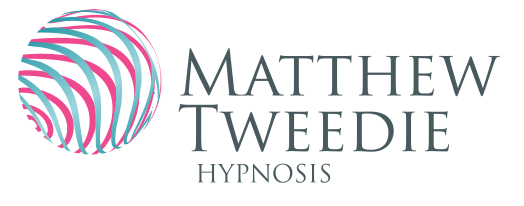BL 12
Bladder 12
Fengmen (BL12) is an acupuncture point in Traditional Chinese Medicine (TCM) located along the Bladder meridian. This point is also known by its Chinese name, "风门" (Fēngmén), which can be translated to "Wind Gate" in English. BL12 is positioned on the upper back, and it has specific therapeutic functions and indications in TCM:
Location: Fengmen (BL12) is located on the back, approximately 1.5 cun (a TCM measurement that is roughly equivalent to the width of the patient's thumb at the knuckle joint) lateral to the midline of the spine. It's typically found at the level of the third thoracic vertebra.
Indications: Fengmen (BL12) is primarily used to address conditions related to the lungs and the exterior of the body. Some common indications for using BL12 in acupuncture and acupressure treatments include:
Wind-Cold Disorders: BL12 is often employed to treat conditions caused by exposure to external wind and cold, such as the common cold or flu. It can help relieve symptoms like chills, fever, and nasal congestion.
Asthma and Cough: It is used for respiratory conditions, including asthma, cough, and difficulty in breathing.
Fever and Sweating: Fengmen can help regulate body temperature and sweating, making it useful in cases of fever or excessive perspiration.
Back Pain: This point can also be utilized to alleviate upper back pain and tension.
Strengthening Wei Qi: In TCM, Wei Qi is the body's defensive energy that protects against external pathogens. Stimulating BL12 is believed to help strengthen Wei Qi, enhancing the body's resistance to illnesses.
Functions: Fengmen (BL12) has the following functions in TCM:
Expelling Wind and Cold: It is known for its ability to dispel wind and cold from the body, particularly from the upper back area.
Regulating Lung Qi: BL12 can help regulate the flow of Qi (energy) in the lungs, which is important for proper respiratory function.
Clearing Heat: In addition to its role in addressing wind-cold conditions, BL12 can also clear heat from the body when appropriate.


